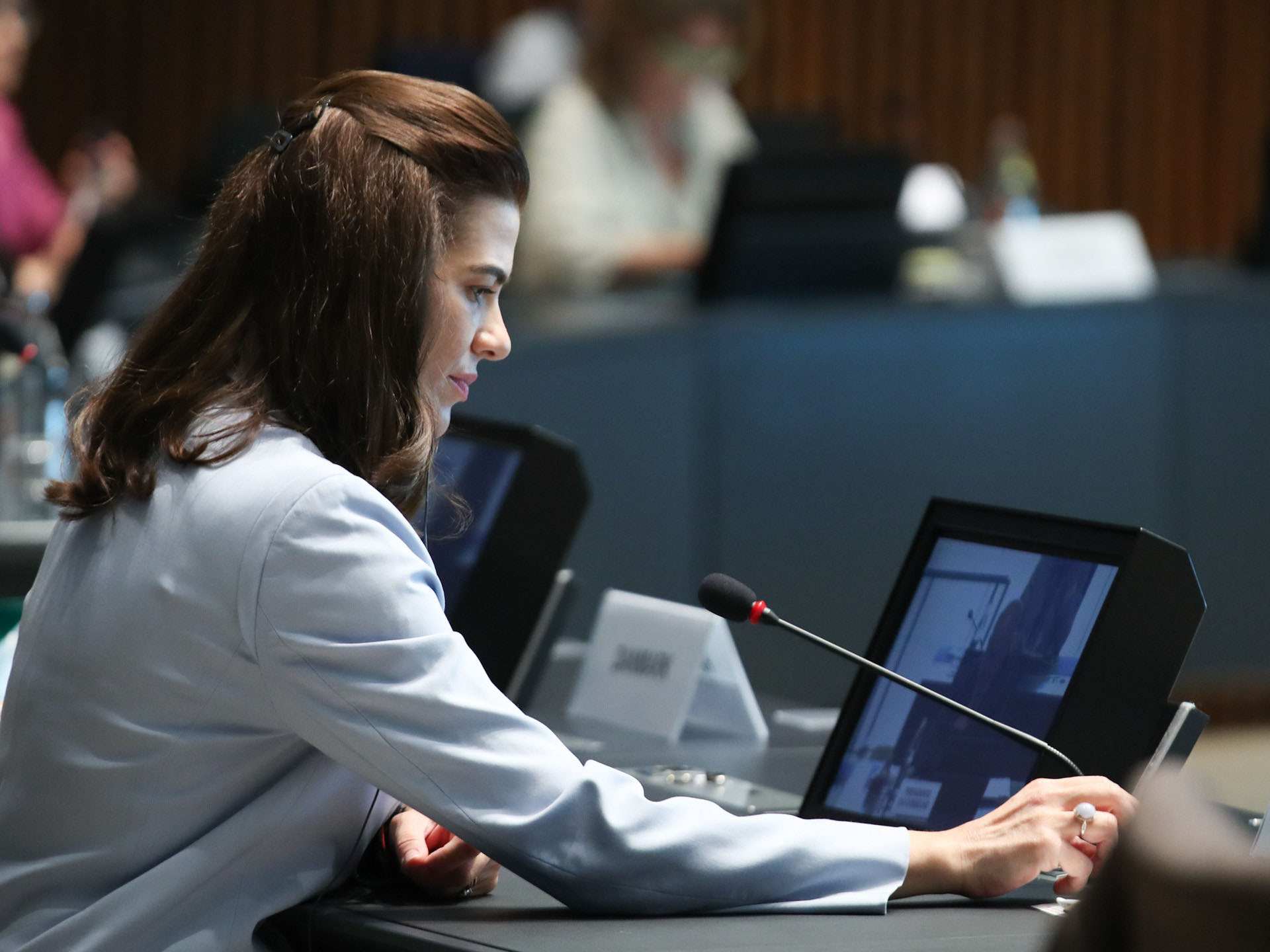The EuroAsia and EuroAfrica Interconnector projects should know about EU funding by the end of the year or beginning of 2022, Energy Minister Natasa Pilides said on Friday.
Speaking at the 12th Limassol Economic Forum, she also referred to the ministry’s challenges to meet Paris Agreement and EU Green Deal goals on emissions and output from clean energy sources.
Pilides said Cyprus has an isolated system with no interconnection, there is a monopoly in the electricity market, and no storage facilities.
“We need to break the electricity monopoly.
“We need to have lower emission fuels, while the target, of course, is to move to completely renewable energy.”
The minister said that legislation recently passed through parliament for the complete liberalisation of the electricity market, but there are currently two alternative providers representing 2% of the market.
Once the market is opened, the ability to have small grids will be allowed, which means that consumers and communities can have an independent grid supplier to the Electricity Authority of Cyprus (EAC).
Pilides said the operator of the EuroAsia and the EuroAfrica Interconnector projects had submitted its funding requests through the Connecting Europe Facility (CEF).
“So, hopefully, they will get funding for us actually to proceed with these projects.
“Towards the end of the year or beginning of next year, we should have more news on that, and with a positive outcome, we could be looking at the start of construction works which would be really good news.”
Pilides and her Egyptian and Greek counterparts, Dr Mohamed Shaker and Costas Skrekas, signed a trilateral memorandum of understanding on 19 October, which sets the framework for cooperation between the three countries to fast-track the feasibility studies, permits and licensing of the 1,000MW subsea electric cables.
EU Project of Common Interest
The €2.5 bln project, pending approval to be included in the fifth EU list of projects of common interest (PCI), will allow Egypt to export its solar-produced and renewables-generated electricity to continental Europe via high-voltage HVDC cables and converter stations in Kofinou and Crete.
Cyprus power producers will be able to import and export excess energy at competitive rates.
The energy minister referred to the LNG terminal at Vassiliko, saying these projects “are really going to help improve the situation with our energy transition.”
She spoke of good news that Cyprus has exceeded the 13% target in final energy consumption from renewables to 17%.
She also noted that Cyprus’ next target would have to be more ambitious, which will be set following a study undertaken by the DG for European Programmes (EPSA) and Imperial University and the international organisation for renewables.
Pilides said bureaucracy is one of the greatest challenges.
Provision for a one-stop centre for the licensing for renewable energy sources (RES) projects has been included in one of the bills that will soon be submitted to parliament.
The ministry is conducting an environmental study, setting criteria for the Environment Department to license large projects.
“A lot of emphases is placed on renovation and renewables not just for houses but also small to medium-sized enterprises (SMEs), public buildings and municipalities.”
Promoting energy storage is also important, Pilides said, adding that the ministry, together with energy regulator CERA, has submitted a proposal to the EU to use an €80 mln funding programme for large energy storage systems.
“If we get the approval, we can introduce large energy storage systems pretty much at the same time as the opening of the market, which would be ideal.”






